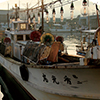Agriculture, Forestry and Fisheries Industries
on the Oki Islands
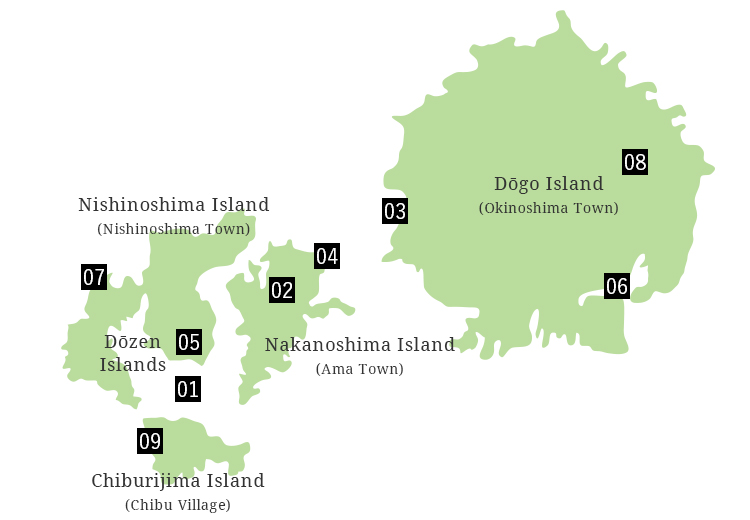
The Oki Islands, its sea full of rare fishing spots, and its land covered in giant trees and mixed vegetation, is truly a unique place.
Oki has a long history as a locality of obsidian,
a rock once used to make tools and weapons.
From royal provisions in ancient times all the way to present day, the colorful traditions of the islanders are alive in the agriculture, forestry and fisheries industries of Oki.
-
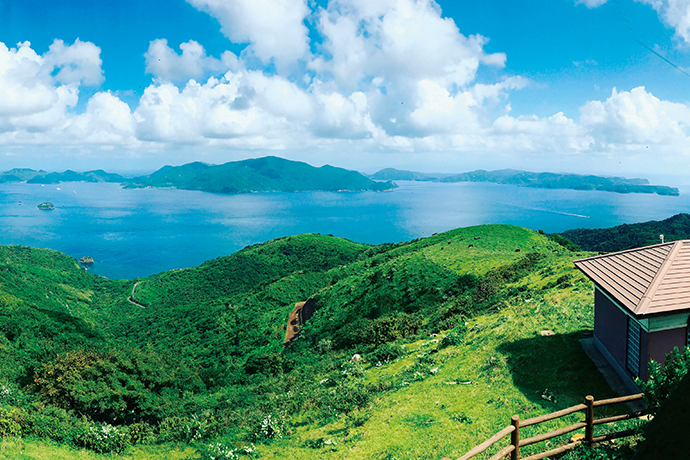
01The Dōzen Caldera
A Caldera in the Sea!
Islands of Nakanoshima, Nishinoshima, and Chiburijima form Dōzen, where you can enjoy a landscape shaped by volcanic activity and erosion. Dōzen is an ancient caldera, the remnant of a volcanic eruption, with sea filling most of the expanse.
-
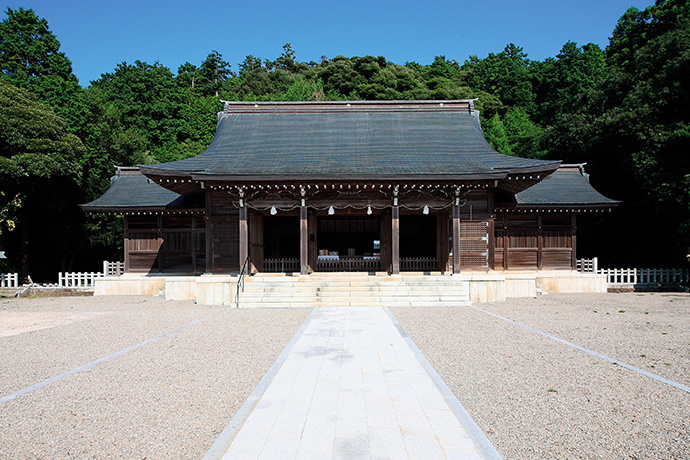
02Oki Shrine
The Land of an Exiled Emperor
The Oki Islands were designated as a land of exile in the Nara Period, and Emperor Gotoba and Emperor Godaigo, lived on Oki during their time in exile. Emperor Gotoba is worshipped at Oki Shrine.
-
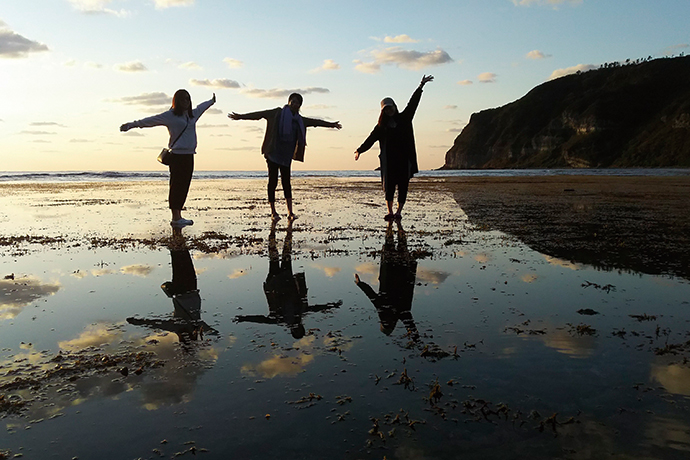
03Yui Maenosu Intertidal Shore Platform
The sea gently meets the shore in the shallows here. The surface sometimes reflects the surrounding scenery like a mirror.
-
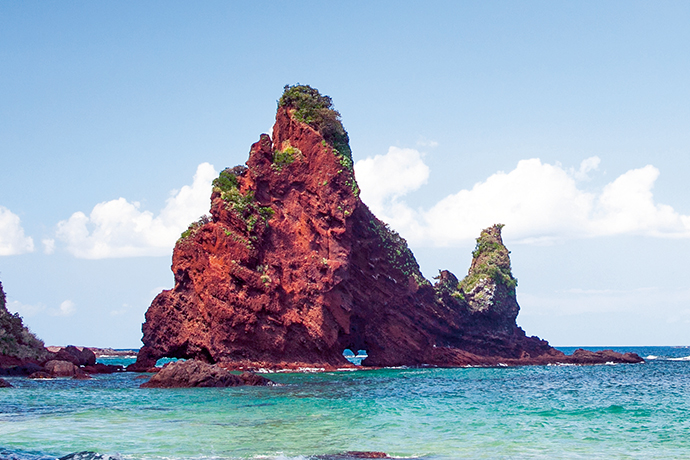
04Akiya Coast
Lava and ejecta from volcanic eruptions piled up to form the rock cliffs that run along this coast. You can search for a heart-shaped hole in one of the rocks, dubbed “Heart Rock”.
-
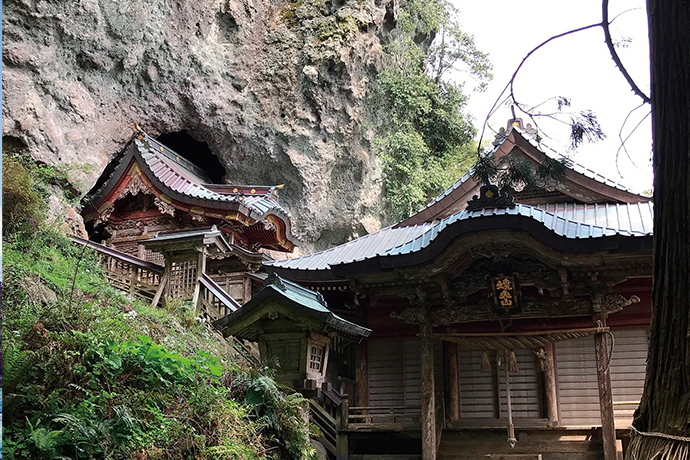
05Takuhi Shrine
Nesting in the middle of Mt. Takuhi, locals come here to pray for safety at sea. The main building, which was reconstructed in 1732, is the oldest on Oki. The structure juts out of a large hanging cave.
-
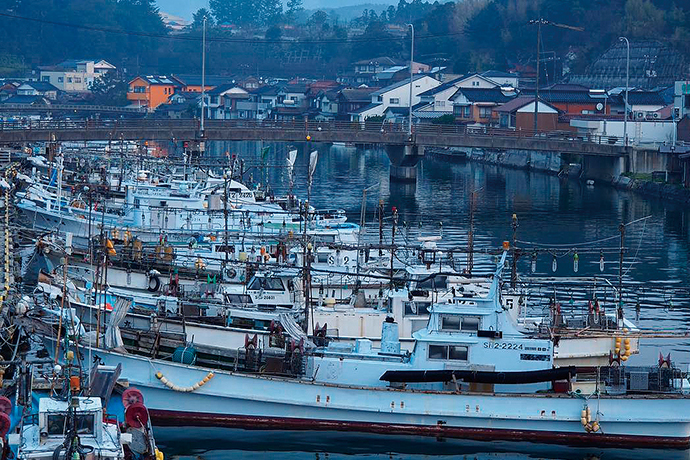
06Saigō Port
The Perfect Natural Port
At points along Oki’s coasts, the native terrain forms natural ports where the often rough and turbulent Sea of Japan can be easily accessed. These natural ports have supported active exchange and travel throughout the islands.
-
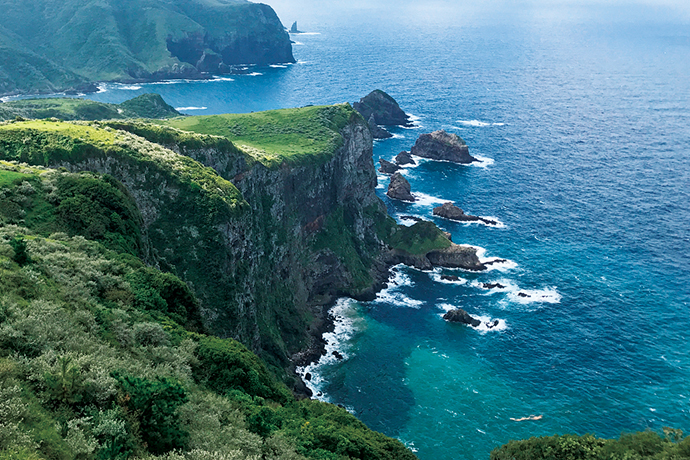
07Kuniga Coast
Spanning 10 km along the western side of Nishinoshima, Kuniga Coast lays claim to one of the tallest eroded sea cliffs in Japan, Matengai Cliff, which stands at a height of 257 meters, and Tsūtenkyō Arch, a sea arch shaped by wind and wave erosion.
-
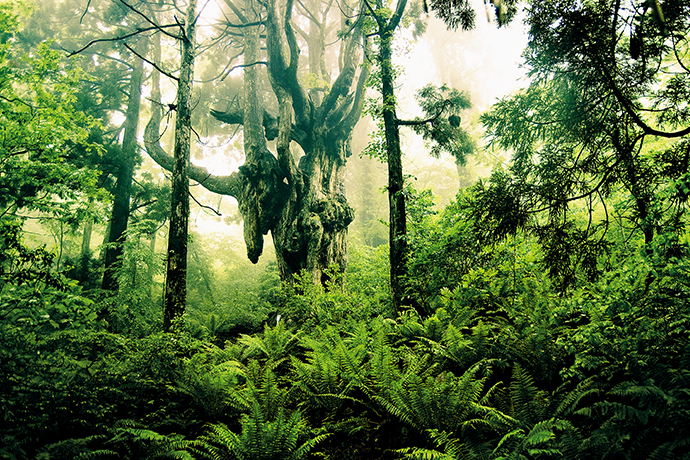
08Chichi-sugi Japanese Cedar
The sacredness of nature remains alive in Oki’s traditions. This 800-year-old Japanese cedar tree, Chichi-sugi, is an object of worship at Iwakura Shrine. It’s imposing, majestic figure was shaped by Oki’s climate and terrain.
-
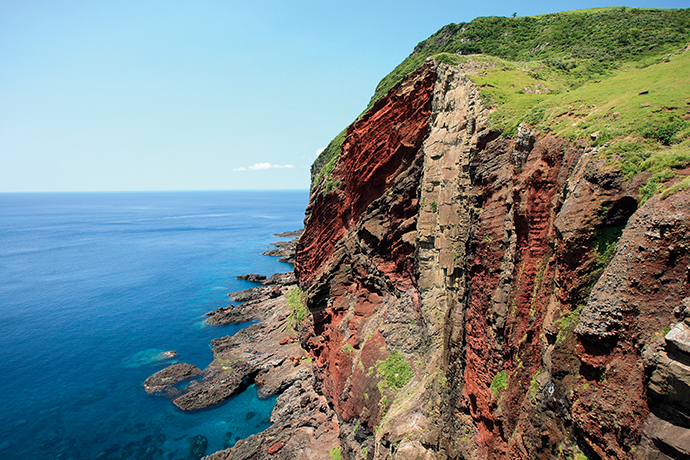
09Sekiheki (Red Clif)
A certified UNESCO Global Geopark, Oki holds within its boundaries countless breathtaking natural features where one can glimpse into the history of Earth.
Agriculture and Forestry Industry
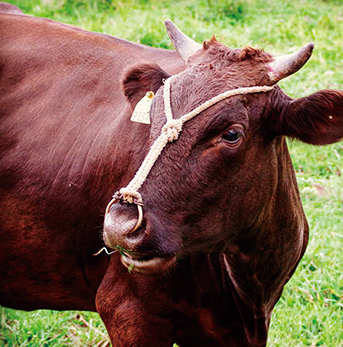
Oki’s characteristic sloping terrain is utilized for livestock grazing. Calves raised on Oki are exported throughout the country. In addition, locals have developed rice production incorporating the resources of the islands. 90 percent of Oki’s overall area is comprised of forests and fields, which support a bustling woodenware and mushroom industry.
Fisheries Industry
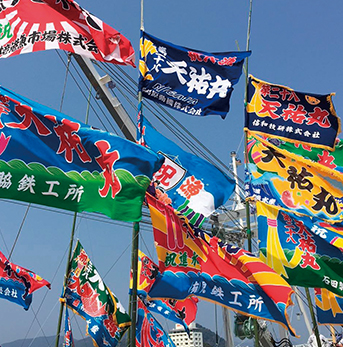
Shimane Prefecture holds claim to some of the best fishing spots in Japan, with a fishing haul that breaks into the top ten nationwide every year. About 96% of this haul comes from the Oki Islands (2017). Most of the haul is caught by round haul net fishing boats that unload in Sakaiminato (Tottori Prefecture).
